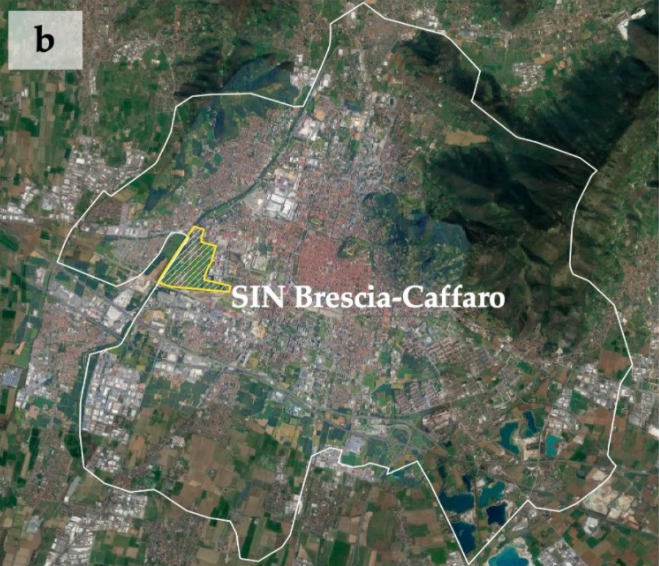Publication from the AllianceAuthor: Masiero, M., Biasin, A., Amato, G., Malaggi, F., Pettenella, D., Nastasio, P., Anelli, S.
Year of publication: 2022
Urban areas are experiencing major changes and facing significant sustainability challenges. Many cities are undergoing a transition towards a post-industrial phase and need to consider the regeneration of brownfield sites. Nature-Based Solutions (NBSs) are increasingly considered as tools for supporting this transition and promoting sustainable development by delivering multiple ecosystem services (ESs). Although the potential of NBSs as a cost-effective enabler of urban sustainability has been recognized, their implementation faces numerous barriers. The effective assessment of benefits delivered by urban NBSs is considered by existing literature as one of them. In order to contribute to filling this knowledge gap, we analyzed two alternative NBS-based intervention scenarios—i.e., (1) an urban forest and (2) meadows with sparse trees—for the redevelopment of an urban brownfield area within the municipality of Brescia (Northern Italy). Nine ESs were assessed both in biophysical and economic terms via a combination of modeling (InVEST, i-Tree and ESTIMAP) and traditional estimation methods. The results show that both scenarios improve ES stock and flow compared to the baseline, ensuring annual flows ranging between 140,000 and 360,000 EUR/year. Scenario 1 shows higher values when single ESs are considered, while scenario 2 shows higher total values, as it also accounts for the phytoremediation capacity that is not considered under the first scenario. All in all, regulating ESs represent the bulk of estimated ESs, thus highlighting the potential of proposed NBSs for improving urban resilience. The ES assessment and valuation exercise presented within this paper is an example of how research and practice can be integrated to inform urban management activities, and provide inputs for future decision making and planning regarding urban developments.
Read more
